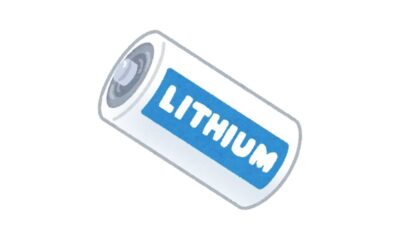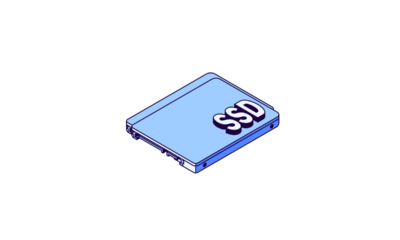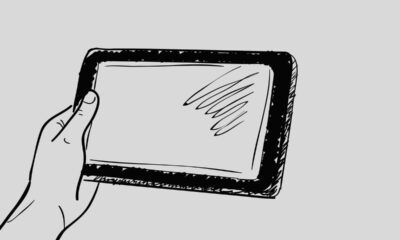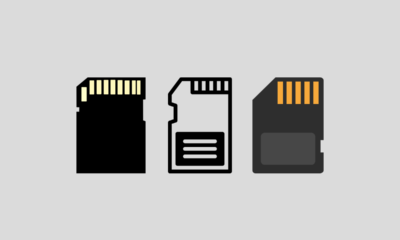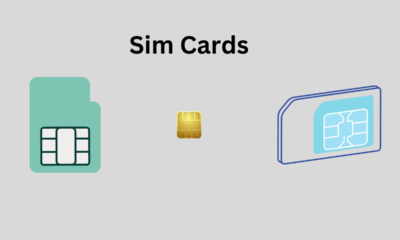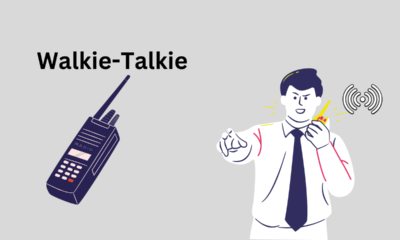PC Tutorials
10 Easy Ways to Speed Up Windows 10 Laptop Performance, Let’s Try It Yourself

During the pandemic, most of the activities are done online, using a laptop of course.
However, intensive use of laptops can quickly degrade performance.
So we need an easy way to keep the laptop tight and comfortable to work, study or find entertainment.
It’s no secret that the performance of a computer (PC) or laptop will decline over time.
Moreover, if the user is fond of installing applications and stuffing the hard disk/SSD with various files and documents until it is full.
To maintain or even improve the performance of computers and laptops, there are several tricks that can be done, especially for devices with the Windows 10 operating system.
You can follow these steps without having to install any additional apps.
This means that some of the features listed here are built into the system by default.
The following are 10 powerful ways to improve the performance of a PC or laptop with Windows 10.
1. Clean the hard disk
The first thing you can do is clean your computer’s storage space from various junk files with the “Disk Cleanup” feature.
This feature can be accessed by visiting the Start menu, then typing the keyword “disk cleanup”, and then pressing Enter.
On the next page, select which hard disk you want to clean and click the “OK” button.
Then, select any files that you want to clean by placing a “tick” in the box provided.
After that, click “OK” and “Delete Files”.
This process can be done periodically to free up storage media space from various files that are not so important.
2. Hard disk optimization
Apart from being cleaned, the memory blocks in storage also of course need to be optimized (optimized) or rearranged (defragmented) so that they can read and save files smoothly.
This process can be done through the “Defragment and Optimize Drives” feature.
To optimize the hard disk, you can type the keyword “defragment” in the Start menu and click Enter.
Then, select which hard disk to optimize and click the “Optimize” button.
Wait until the defragmentation process is complete.
Just like disk cleanup, you can do this process periodically.
3. Remove unnecessary apps
The applications installed on the computer basically eat up the storage media.
If you like to install applications, let alone a variety of heavy software such as games, you can be sure that your remaining storage will quickly run out.
Well, you can remove various unnecessary or rarely used applications as a solution.
To do this, you simply type the keyword “add or remove programs” in the Start menu and press Enter.
A few moments later, you will be presented with a list of applications installed on your computer.
Select an unused application and click the “Uninstall” button.
4. Restrict programs when the computer boots
When the computer is turned on (boots), Windows 10 will actually run a number of applications automatically.
The series of applications can be in the form of a default program from the OS itself or an application installed by each user.
If there are many applications that run automatically, then the boot process will take some time.
You can disable these various applications through the “Task Manager” feature which can be accessed by right-clicking on the taskbar.
Then, select the “Startup” tab, select the program that is not so important, right-click on the program, and select the “Disable” menu.
5. Turn off unnecessary background programs
In addition to disabling Startup programs, Task Manager can also be used to turn off various running programs.
Programs that are currently active, or running in the background, basically eat up memory or RAM.
This can erode computer performance, especially if you have a small capacity RAM and lots of programs running.
Now, to turn off various running programs, you can access the Task Manager feature again and this time select the “Processes” tab.
On the screen, select any application that you feel is no longer needed, then right-click and select “End task”.

6. Scan the computer regularly
It’s no secret that viruses or malicious software (malware) can have an impact on computer performance.
To prevent these malicious programs from entering, you can scan your computer periodically.
Windows 10 itself is equipped with security features that can scan computers for viruses, malware, to spy applications (spyware).
This feature can be accessed by entering the keyword “virus & threat protection” in the Start menu and pressing Enter.
Then, click the “Quick scan” button to scan the computer. Wait until the scanning process is complete.
If a malicious program is found, this feature can clean it automatically, so you don’t have to bother cleaning it manually.
7. Change the power setting to “Best performance”
If you are using a laptop, Windows 10’s power mode can affect the overall performance of the computer.
This aims to save power because laptops rely on batteries as the main power source and are intended for mobility.
The performance of the laptop itself can be set to the “Best performance” mode, but the battery power will be more wasteful later.
There is also a “Best battery life” mode that allows the system to suppress all processes and hardware capabilities to save battery.
You can switch between the two modes easily by clicking the “battery” icon in the notification tray row located in the lower right corner of the desktop display.
Then, slide the “lever” to the “Best performance” setting.
8. Change the appearance and remove desktop animation
The appearance of the desktop or computer interface (UI) that is not simple can have an impact on the overall performance of the computer.
Because various animation effects and so on make the system work harder.
You can lighten your computer’s workload by removing various effects and making your desktop UI more system-friendly.
You do this by typing the keyword “adjust performance” in the Start menu and pressing Enter.
Then, select the “Adjust for best performance” option, click “Apply”, and click “OK”.
9. Turn off the Indexing feature
Have you ever searched for various files on your storage media using the “Search” feature in Windows 10?
The search engine in Windows 10 basically relies on the “Indexing” feature to provide search results as efficiently as possible.
If the Indexing feature is disabled, then the search process will take time, but on the other hand, it will also improve computer performance.
For those of you who don’t use the search feature very often, it’s a good idea to disable the Indexing feature.
You do this by entering the keyword “search indexing” and pressing Enter.
Then, click the “Modify” button and uncheck all the available boxes and click “OK”.
10. Update Windows 10 system regularly
Not infrequently a system update brings a number of fixes that may also improve overall computer performance.
Likewise in Windows 10. To keep your computer in top condition, you can update your computer regularly.
Updates can be done by typing the keyword “check for updates” in the Start menu and then press Enter.
Click the “Check for updates” button to see if there is a new update or not.
If there is, then the computer will update the system automatically as long as there is an internet connection.
PC Tutorials
How To Transfer Files From PC To iPhone Without iTunes
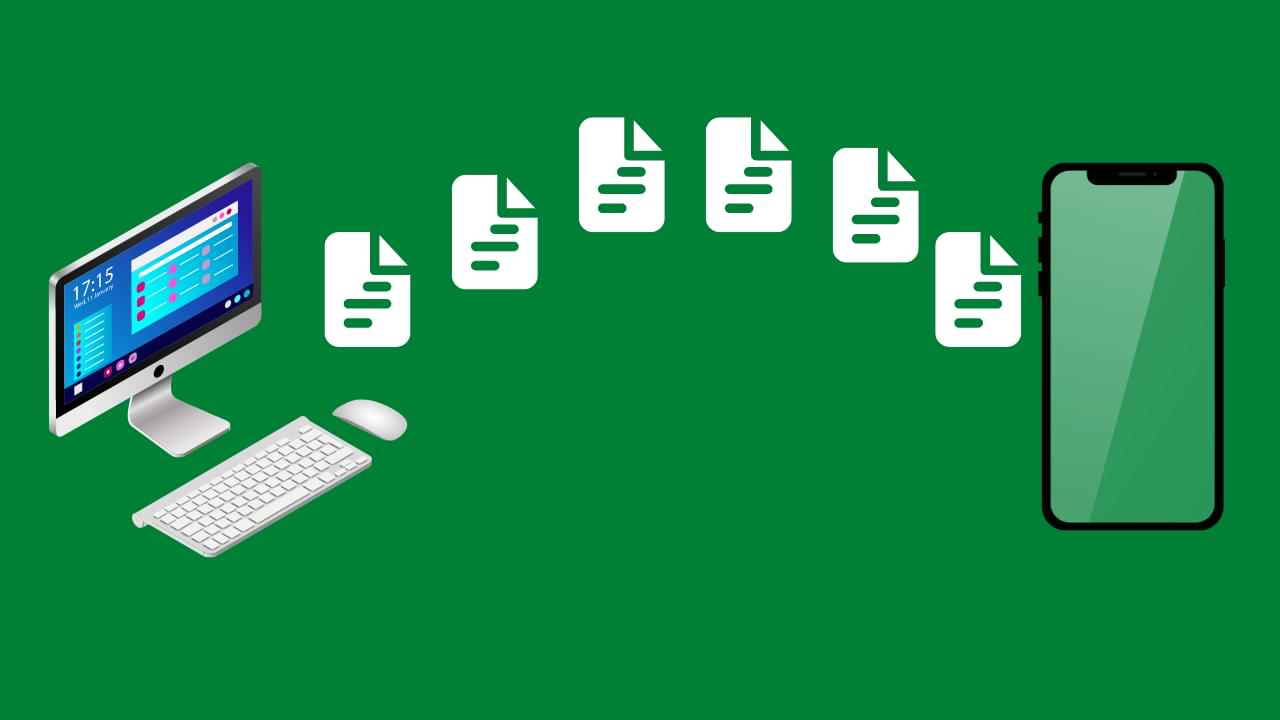
iTunes is a great tool for managing your music and videos on your iPhone, but it’s not always the easiest way to transfer files from your PC to your iPhone. If you’re looking for a way to transfer files from your PC to your iPhone without using iTunes, there are several methods available. In this article, we’ll take a look at a few of the easiest and most efficient ways to transfer files from your PC to your iPhone without iTunes.
Method 1: Using Email
One of the easiest ways to transfer files from your PC to your iPhone is through email. This method is simple and requires no additional software. To transfer files using email, simply attach the file to an email, send the email to yourself, and then open the email on your iPhone and save the attachment. This method works best for smaller files, as larger files may take a while to download on your iPhone.
Method 2: Using Dropbox
Another great way to transfer files from your PC to your iPhone without iTunes is through the use of Dropbox. Dropbox is a cloud-based file storage service that allows you to access your files from any device with an internet connection. To use Dropbox to transfer files from your PC to your iPhone, simply upload the file to your Dropbox account on your PC, and then download the file on your iPhone using the Dropbox app. This method is best for larger files, as it allows you to access the file on your iPhone without having to wait for it to download.
Method 3: Using Airdrop
Airdrop is a feature on Apple devices that allows you to quickly and easily transfer files from one Apple device to another without the need for an internet connection. To use Airdrop to transfer files from your PC to your iPhone, simply open the Airdrop feature on your Mac and select the file you want to transfer. Then, open Airdrop on your iPhone and select your Mac from the list of available devices. The file will then be transferred to your iPhone.
Method 4: Using Third-Party Software
If you’re looking for a more comprehensive solution for transferring files from your PC to your iPhone without iTunes, there are several third-party software options available. Some popular options include iMazing, AnyTrans, and WALTR 2. These programs allow you to transfer files of all types, including music, videos, and documents and typically offer a more user-friendly interface compared to iTunes.
Step 5: Download and install the app “iMazing” on your PC
iMazing is software that allows you to transfer files between your PC and iPhone without using iTunes. It is user-friendly software that is easy to use. You can download the iMazing app from the official website for free. Once you have downloaded the app, install it on your PC.
Step 6: Transfer files from your PC to your iPhone
To transfer files from your PC to your iPhone, click on the “File System” option on the iMazing app. From there, you can browse and select the files you want to transfer to your iPhone. Once you have selected the files, click on the “Copy to Device” button, and the transfer process will begin.
Conclusion:
There are several methods available for transferring files from your PC to your iPhone without iTunes. Whether you choose to use email, Dropbox, Airdrop, or a third-party software solution, the process of transferring files from your PC to your iPhone can be quick and easy. With these methods, you can easily transfer files from your PC to your iPhone without the hassle of iTunes.
PC Tutorials
How To Transfer Files From PC To iPhone Step By Step
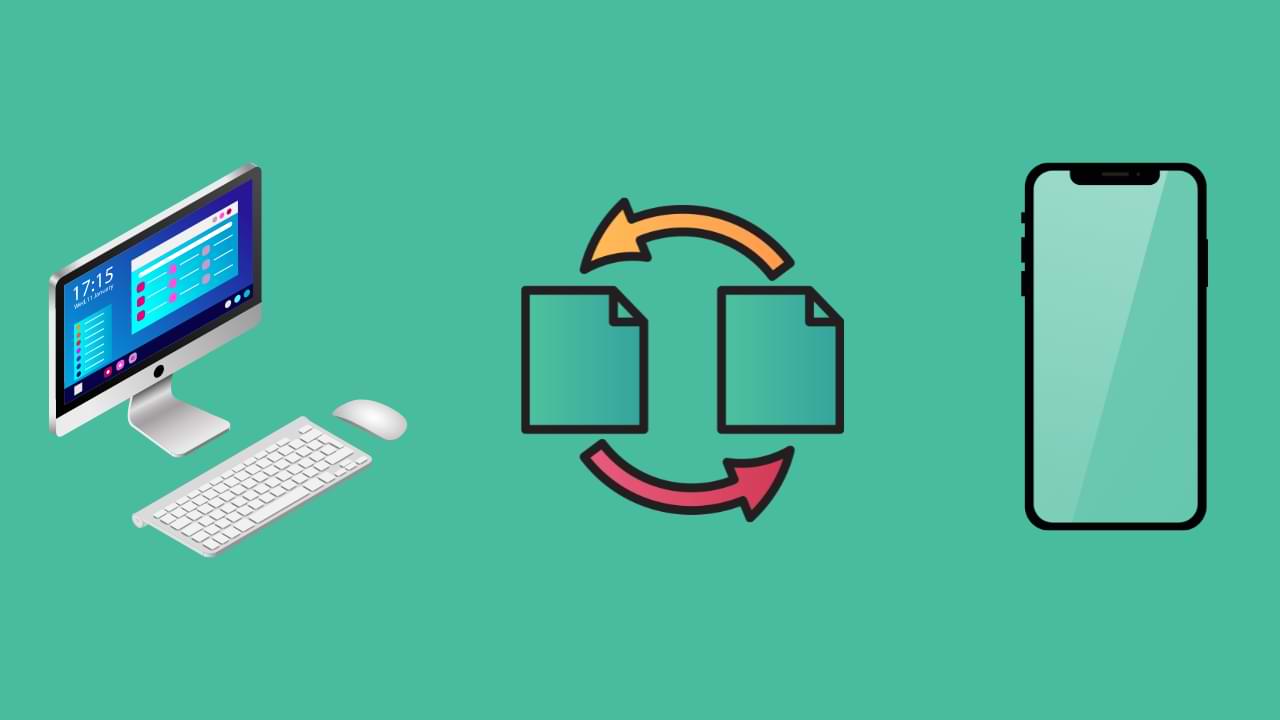
As technology continues to advance, people now have a wider range of options for transferring files from one device to another. However, transferring files from a PC to an iPhone can still be a confusing process for many users. In this article, we will provide a step-by-step guide on how to transfer files from PC to iPhone, making it an easy and hassle-free process for everyone.
Step 1: Connect Your iPhone to Your PC
The first step in transferring files from PC to iPhone is to connect your iPhone to your PC. To do this, simply use the USB cable that came with your iPhone and connects it to a USB port on your computer. Once your iPhone is connected to your computer, you will see a prompt on your iPhone asking you to trust the computer. Tap “Trust” to continue.
Step 2: Launch iTunes on Your PC
Once your iPhone is connected to your computer, launch iTunes on your PC. iTunes is a multimedia player and library that allows you to manage your iPhone and transfer files between the two devices. If you do not have iTunes installed on your computer, you can download it for free from the Apple website.
Step 3: Select Your iPhone in iTunes
Once you have launched iTunes, you should see your iPhone appear in the Devices section on the left-hand side of the screen. Click on your iPhone to select it.
Step 4: Browse Your iPhone’s Files in iTunes
Once your iPhone is selected, you will see a summary of its information on the main screen. From here, you can browse your iPhone’s files, such as music, photos, and videos, by clicking on the appropriate tabs on the left-hand side of the screen.
Step 5: Transfer Files from PC to iPhone
To transfer files from PC to iPhone, simply select the type of file you want to transfer (e.g. music, photos, or videos) and then click on the “Add” button. You can also drag and drop files from your PC to the iTunes window.
Step 6: Sync Your iPhone with iTunes
Once you have added the files you want to transfer to your iPhone, you need to sync your iPhone with iTunes. To do this, click on the “Sync” button in the bottom right-hand corner of the iTunes window. This will transfer the files from your PC to your iPhone.
Step 7: Disconnect Your iPhone from Your PC
Once the sync is complete, you can safely disconnect your iPhone from your PC. To do this, simply click on the “Eject” button next to your iPhone in the Devices section of iTunes and then unplug the USB cable from your iPhone.
In conclusion, transferring files from PC to iPhone is a simple process that can be done with a few clicks in iTunes. By following these step-by-step instructions, you can easily transfer files between your PC and iPhone and enjoy your media on the go.
PC Tutorials
Did You Know, You Can Upgrade Windows 7 To Windows 11 Via Inplace Upgrade
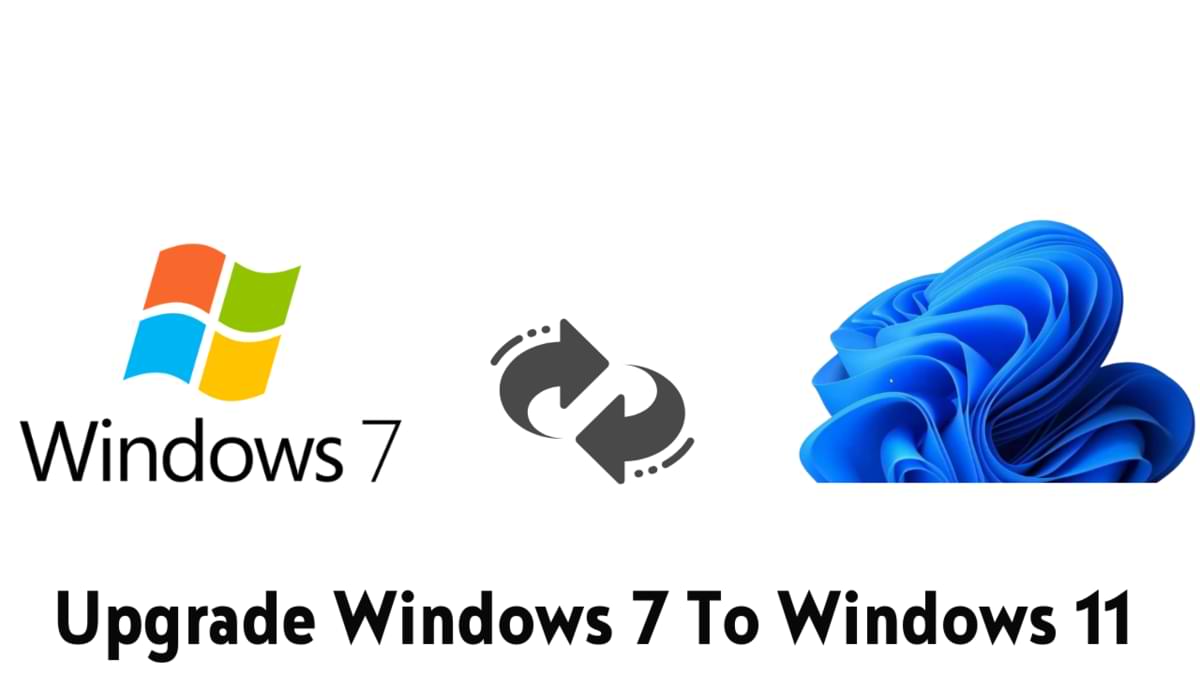
How To Upgrade Windows 7 To Windows 11
Upgrade Windows 7 To Windows 11 : As we know, Microsoft released Windows 11 with lots of requirements that we need to adjust, and of course, previously there was no way to upgrade from Windows 7 to Windows 11 except from Windows 10.
But recently there is an interesting trick that makes it no longer impossible, where it turns out that we can upgrade from Windows 7 to Windows 11 with a fairly simple trick.
You can see the tutorial itself in the video from NTDEV below.
Based on the video above, you only need Windows 11 ISO, Windows 10 ISO TH1 (1507) or TH2 (1511) and gimagex _x64. Then you can follow these short steps:
- Unzip Windows 10 TH1 or TH2 ISO on PC
- Copy UpgradeMatrix.xml from unzipped ISO to desktop
- Mount ISO Windows 11 dan copy install.wim kedalam ISO Windows 10
- Next, run the inplace upgrade as usual, and you can install Windows 11 as usual.
Looks easy doesn’t it?, please try it, maybe later I will also write a more complete article about this in the next tutorial.
What do you think? comment below guys.
Via: NTDEV
-
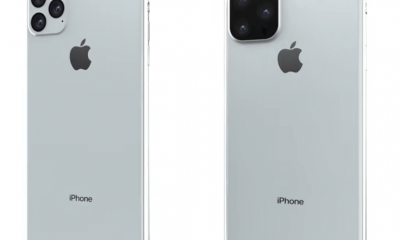
 Phones5 years ago
Phones5 years agoApple iPhone 11 (2019) – Release, Info, Leaks, Rumors
-
![Huawei's New Operating System is HarmonyOS [ Officially ],harmony os,huawei new operating system, huawei harmony OS,](https://www.thedigitnews.com/wp-content/uploads/2019/08/Screenshot__2285_-removebg-preview-2-1-400x240.png)
![Huawei's New Operating System is HarmonyOS [ Officially ],harmony os,huawei new operating system, huawei harmony OS,](https://www.thedigitnews.com/wp-content/uploads/2019/08/Screenshot__2285_-removebg-preview-2-1-80x80.png) Phones5 years ago
Phones5 years agoHuawei New Operating System is HarmonyOS [ Officially ]
-

 News5 years ago
News5 years agoBelle Delphine bath water – Instagram Model Sells Used Bathwater For 30$ To Their Loyal Followers
-

 Tech5 years ago
Tech5 years agoLevi’s Bluetooth Jacket Lets You Control Your Smartphone


